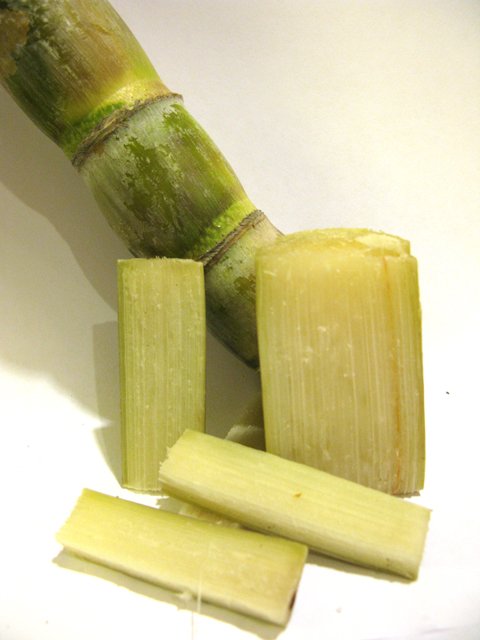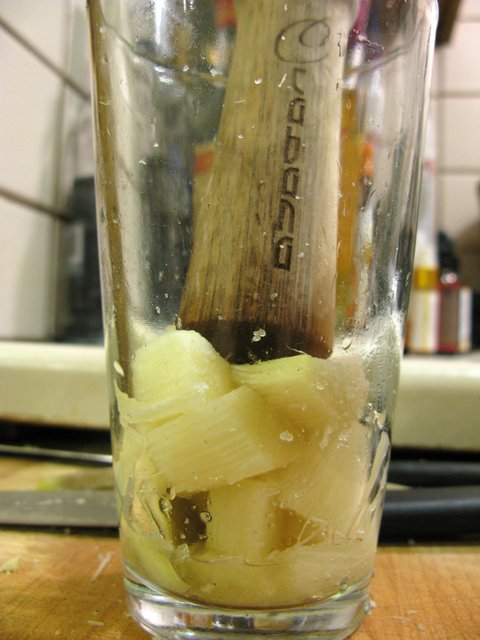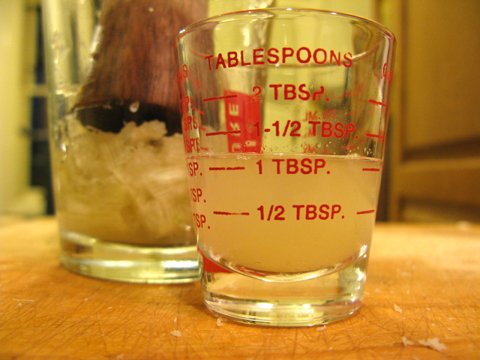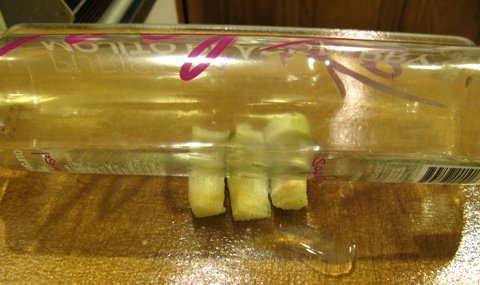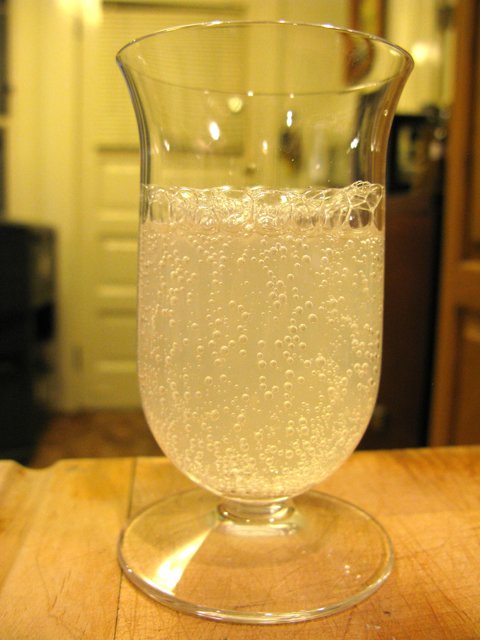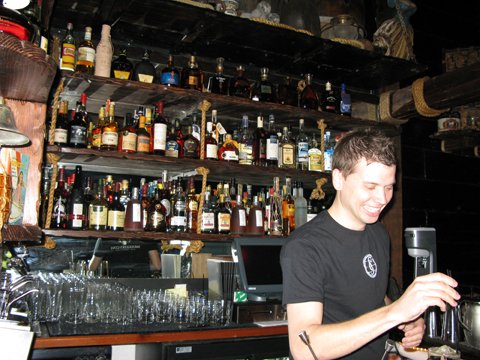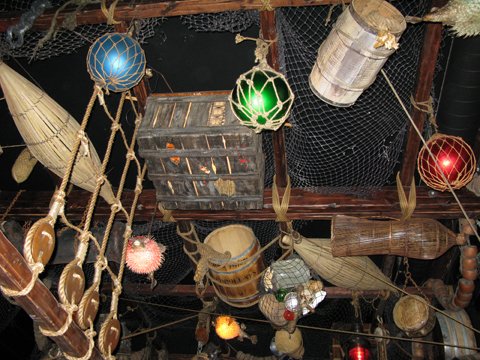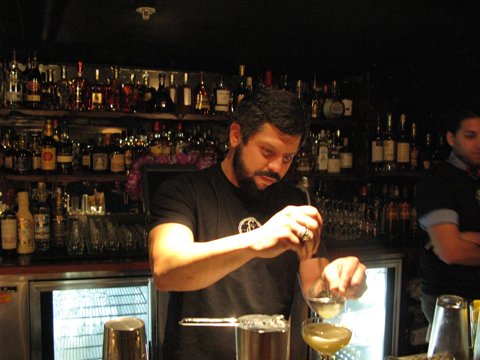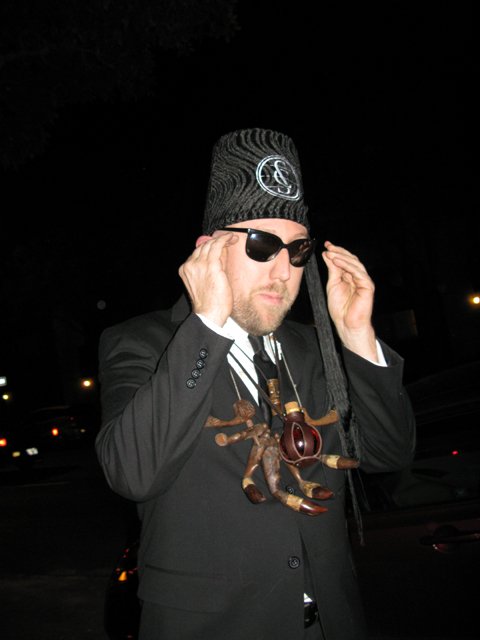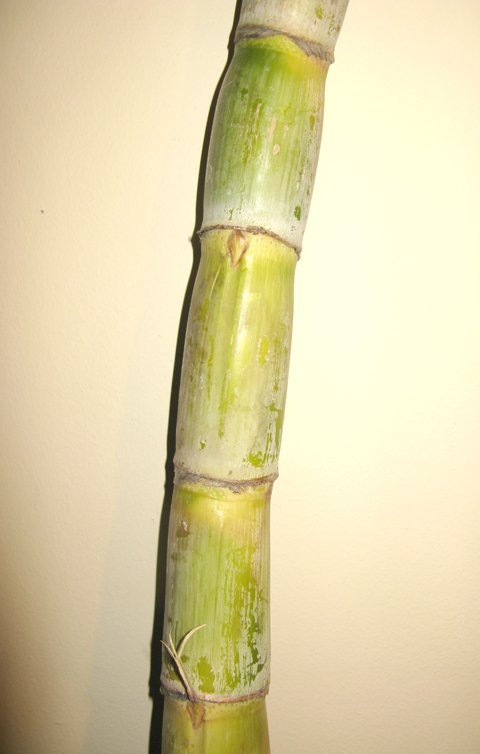 Sugarcane grows in California, so it's not uncommon to see short stalks of it for sale at farmer's markets and in Latin grocery stores. I was at one of these farmer's markets recently looking for un-cured olives that I didn't find, so I picked up a three-foot long sugar cane segment for two bucks.
Sugarcane grows in California, so it's not uncommon to see short stalks of it for sale at farmer's markets and in Latin grocery stores. I was at one of these farmer's markets recently looking for un-cured olives that I didn't find, so I picked up a three-foot long sugar cane segment for two bucks.
Sugarcane is a type of grass that was transported to the New World by Columbus on his second journey. Once the stalks are cut, the sweet juice contained within the blade begins to oxidize- sort of like how an apple turns brown as soon as you cut it- which is why we don't see sugar cane juice for sale in bottles. So when sugar cane is harvested it is transported to the factory for processing immediately. I have no idea how old the stalk I bought was.
Sugar cane juice is directly fermented and distilled to make rhum agricole (from French islands like Martinique) and cachaca (from Brazil), or it is processed to make sugar. The byproduct of sugar production is molasses, which can be fermented and distilled to make all other rum.
Seeing as how I don't have a still at home (yet), I just wanted to play with the sugar cane juice. I found the stalk to be far heavier than I expected, but as it's mostly liquid I shouldn't have been surprised. Sugarcane is very fibrous, which makes it hard to cut and squeeze out the juice. Sugar cane refineries use huge roller mills that squish the sugar cane stalks and shred the fibers.
I cut a section of stalk and sucked on one of the pieces. I expected it to taste like sweetened water, but that wasn't at all the case- sugar cane juice has a bright, delicious raw vanilla flavor. (I've identified this as "Mexican vanilla" and "Lik-M-Aid/Fun Dip stick vanilla'" in tasting notes but maybe "sugar cane vanilla" is a better descriptor.) I haven't had the pleasure of visiting Brazil where they crush sugar cane to make juices on the beach (yet), but I completely get how refreshing this juice can be now.
Having sucked the juice out of pieces of sugar cane, I wanted to see how hard it would be to extract the juice from sugarcane at home. It was hard.
You certainly can't just wring it out. I cut the sugar cane into small chunks and tried muddling. I couldn't muddle more than one or two tiny pieces at once, so this was a slow process that produced very little juice.
Then I tried using a rolling pin (in reality, an empty bottle of Purista Mojito Mix, which is surprisingly delicious) to roll over longer pieces of sugarcane and squish out the juice that way. It worked a little.
I poured the juice into a glass with soda water, and found it to be far less tasty than the juice on its own. Oh well.
So anyway, now that I've determined that sugarcane is really hard to get any juice out of, I need to figure out other ways to extract the liquid (Anyone know where I can buy an affordable sugar cane press?) or other uses for raw sugarcane. Since they sell it in stores around here, people must use it for something…
